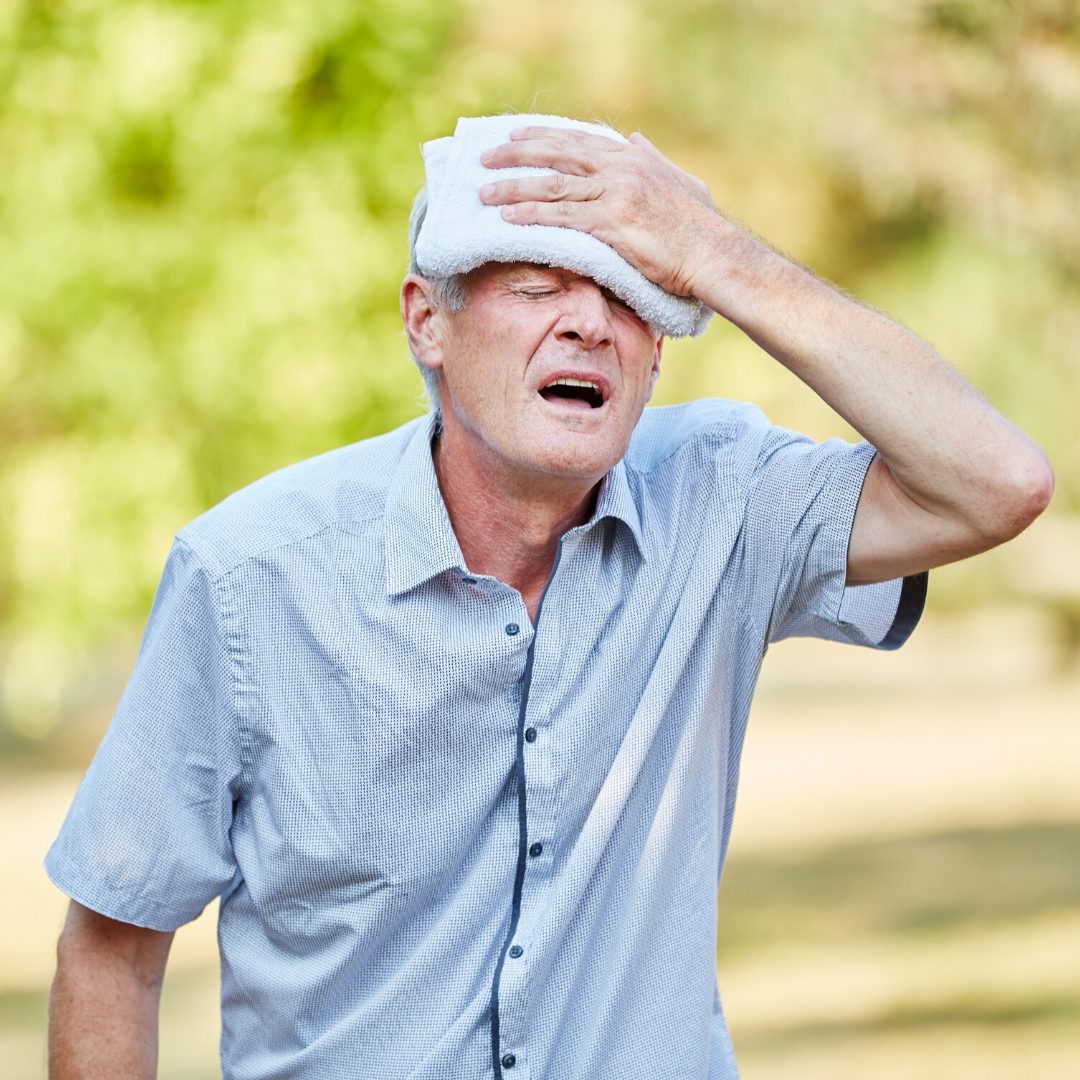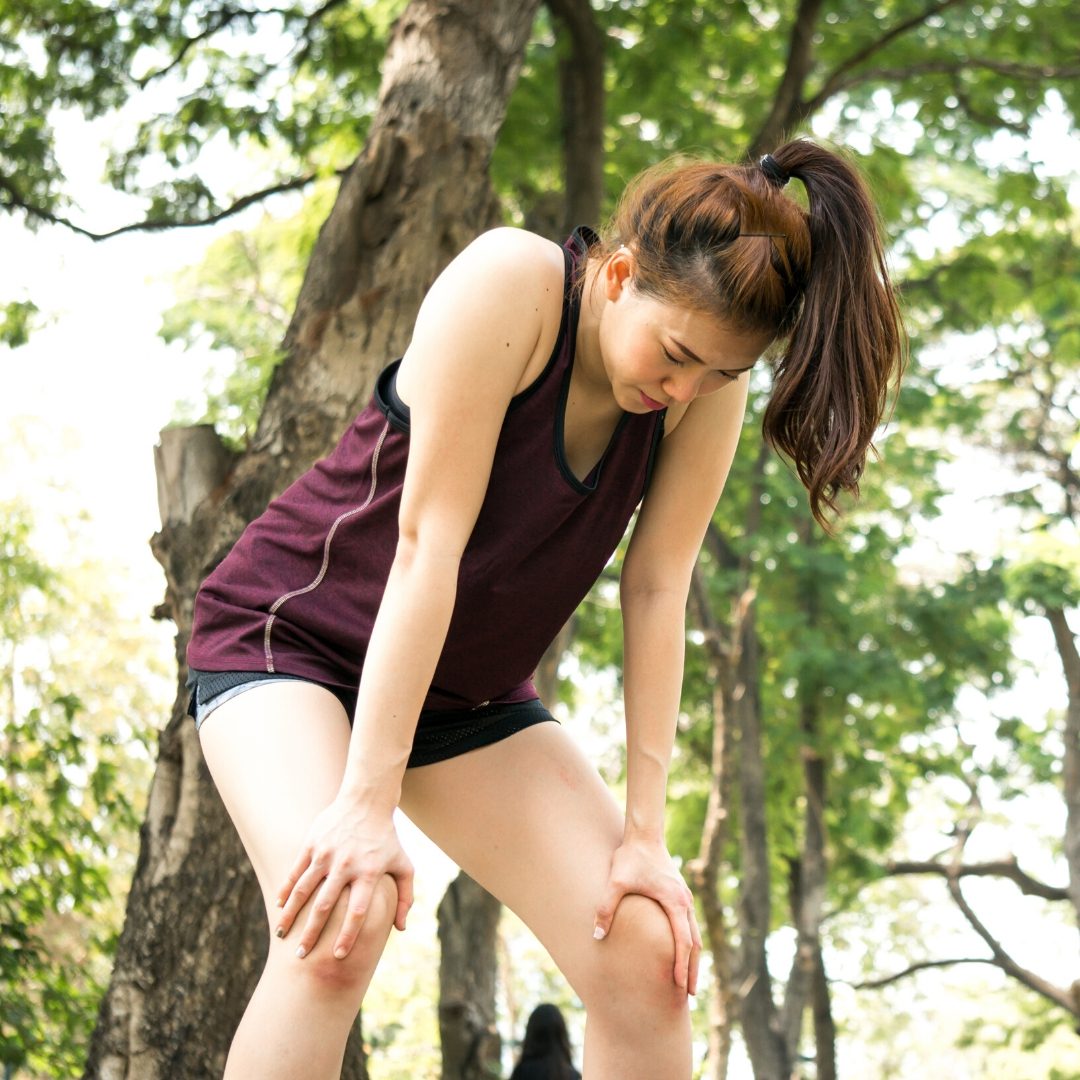June is Summer Safety Month
Keeping Summer Breezy and Fun
Uncover the grill and get ready to be outside, because the relaxing days of summer are here! Summer often implies warmth, fun, and sunshine, but it can also bring safety hazards.
Summer Safety Tips
In 1996, the National Safety Council (NSC) established June as National Safety Month in the United States. The goal of Summer Safety Month is to increase public awareness of the leading safety and health risks that are increased in the summer months to decrease the number of injuries and deaths at homes and workplaces.
Anyone can be at risk for a heat-related illness. Follow these summer safety tips, like taking extra breaks and drinking lots of water.
Moderating your exposure to heat goes beyond reapplying sunscreen and covering up. You will want to take extra steps to avoid being outside for long periods in the sun and heat, especially during the peak hours of strongest ultraviolet (UV) rays, during the hours of 10 a.m. to 4 p.m.
The following are summer safety tips to keep you and your family safe and out of the emergency room!
5 Summer Safety Tips
1. Stay Hydrated
Dehydration is another safety concern during the summer months. Be sure to drink enough liquids throughout the day, as our bodies can lose a lot of water through perspiration when it gets hot out.
2. Protect Your Skin
Use a sunscreen 30 minutes before going out. Reapply sunscreen every two hours or after swimming or sweating. Limit sun exposure during the peak intensity hours – between 10 a.m. and 4 p.m. Stay in the shade whenever possible.
3. Water Safety
Remember to always have adult supervision for children. Whether they’re in the pool or playing in the sand at the seashore, having someone who can help them — should an emergency arise — is essential.
4. Eye Safety
The sun’s ultraviolet (UV) light can harm the eyes. Wear sunglasses year-round whenever you are out in the sun.
Sun damage to the eyes can occur any time of year. Choose shades that block 99 to 100 percent of both UVA and UVB light.
5. Sports Safety
Not only can injuries happen, but in heat exhaustion and dehydration can happen more often in the summer months. It helps to be conditioned to the activities in which we’re preparing to engage. Warm up, stretch, gear up, go with a buddy, and remember to cool down and stretch afterwards.
There are several heat-related illnesses to look out for.




